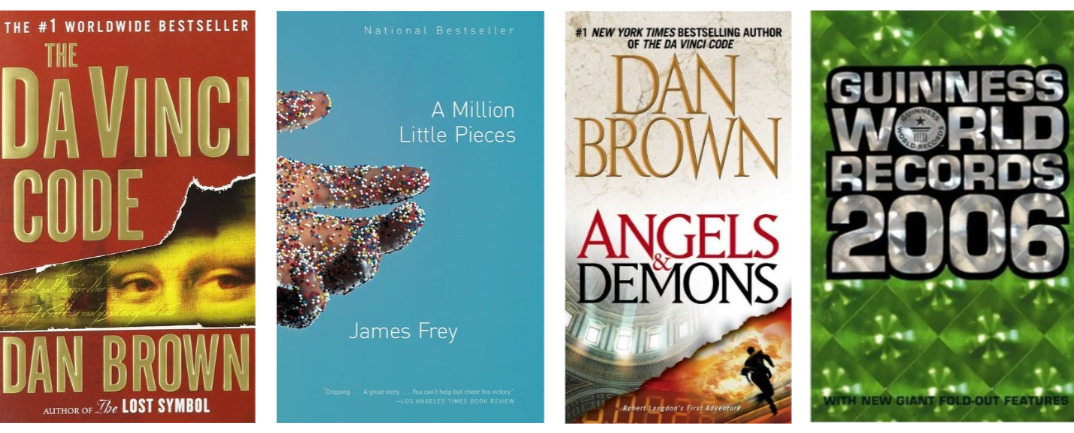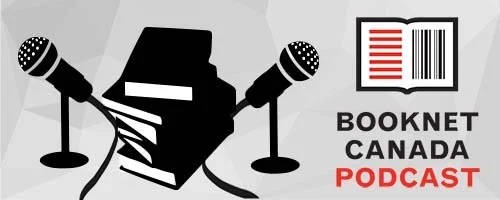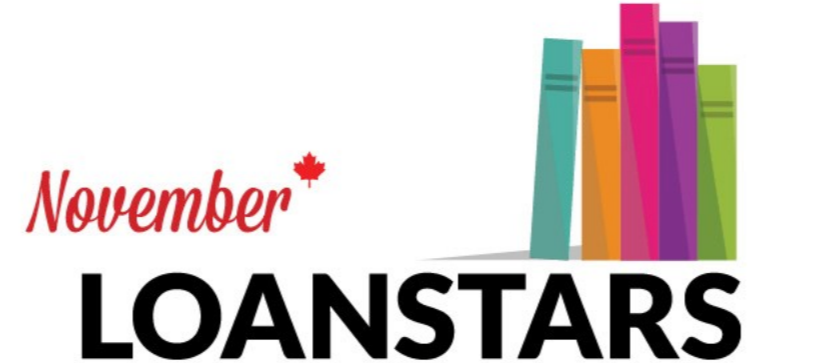This post was inspired by Brian O’Leary, the Executive Director of the Book Industry Study Group (BISG) in the US. Brian shared the Book Industry Communication (BIC)'s report Business Across Borders which discusses, among other topics, Country of Manufacture, Country of Origin, and Country of Publication. Tom Richardson, BookNet’s Bibliographic Manager, explains.
BISG is planning to do work involving Commodity Code requirements for book metadata and there’s a lot of interest by distributors in the US in having this information. BookNet Canada (BNC) assumes it’s of interest to our distributors too, so look forward to more on this. To facilitate discussion, we thought we’d provide clarification on the three terms that cause the most confusion.
As the Business Across Borders report confirms, “three specific pieces of metadata continue to cause confusion”: Country of Manufacture, Country of Origin, and Country of Publication. The report compares the three and clarifies the following, which have been commonly misunderstood. Below we share BIC’s definitions, followed by our comments.
Country of Manufacture
BIC: The country where goods are produced.
BNC: Sometimes referred to as where final manufacturing is completed — where the book is printed, basically. A piece of information that is normally printed inside the book as a part of its manufacture. Digital products don’t need one and it’s only really relevant when a manufactured product crosses a border. That’s why large distributors care — they want to know based on the metadata. See a known issue below.
Country of Origin
BIC: Frequently confused with country of manufacture or country of publication. Country of origin refers to the source of a particular international shipment of products, rather than where those products were manufactured or published.
BNC: Think of it this way, if the book was manufactured in China, its shipment to your warehouse originates from China. Once it’s in your warehouse, the country of origin becomes that location. After you’ve supplied to a store and they ship it across the border to a customer, it becomes the store’s location. It doesn’t belong in the metadata.
Country of Publication
BIC: The home base of the publisher or where the book was published first.
BNC: This is information normally contained on the title page of a book. For international companies, it might be nuanced, but the expectation would be where the editorial work was done. Note that no government or border crossing cares about this. It’s for convenience to the publishing supply chain.
One known issue for Country of Manufacture is that reprints aren’t always manufactured in the same country. Very large print runs may originate from multiple countries. No one expects publishers to be issuing new ISBNs or creating metadata records based solely on changes in Country of Manufacture. We don’t have an answer for this yet, but it’s a question for which BISG is looking to provide guidelines. Be happy if you’re small and printing in Canada.
Looking at Country of Manufacture, ONIX 3.0 supports a specific Country of Manufacture tag where the publisher of a made-in-Canada product would provide the two-character Country Code for Canada: CA. ONIX 3.0 also supports Country of Manufacture in its “Product Parts” entry, allowing for the possibility of accurately labelling each component if any are not manufactured in the same place as the Product. ONIX 2.1 supports Country of Manufacture in the Other Text composite as a “workaround”.
If you need more information, feel free to reach out. BookNet’s Standards team would be interested in hearing about your company’s workflow or problems in handling this and any other problems. Drop us an email at standards@booknetcanada.ca and share your process!














Expanded Thema worked examples do deeper dives into single book to showcase content and contributors relating to Indigeneity.